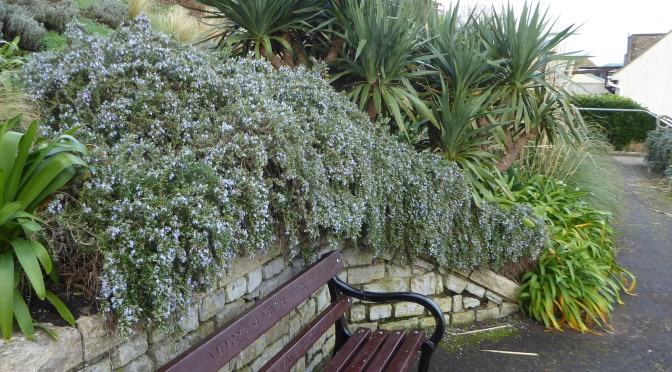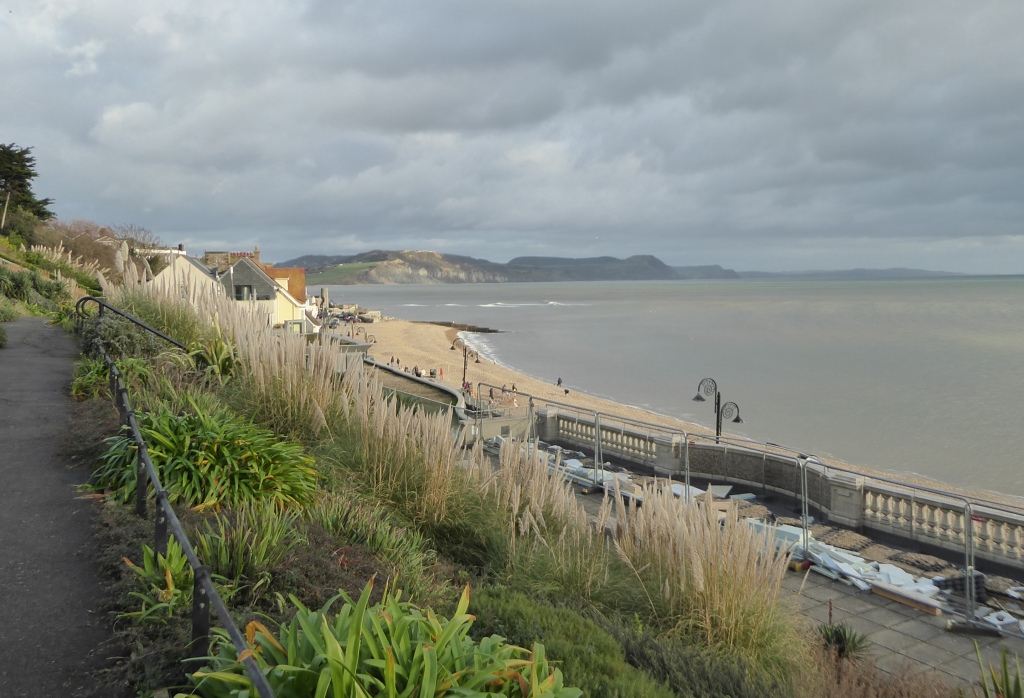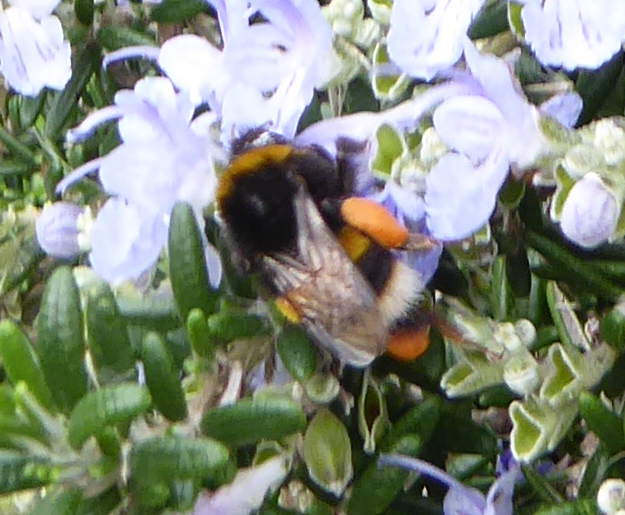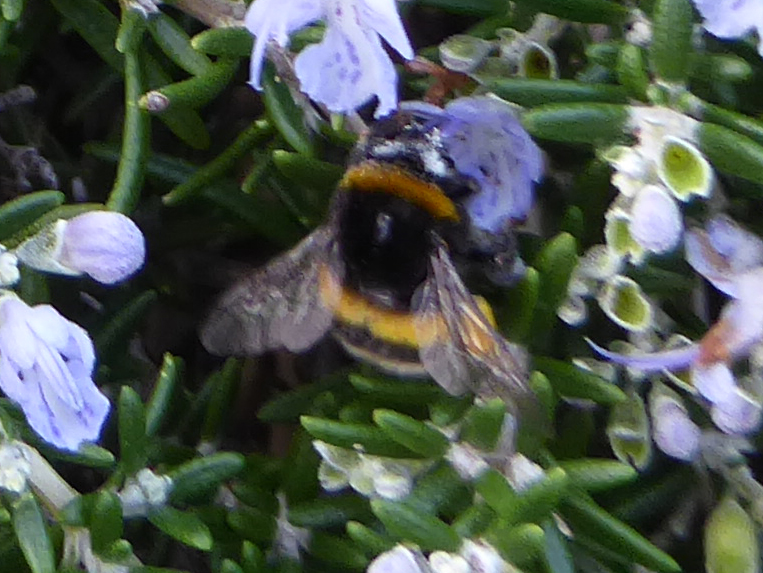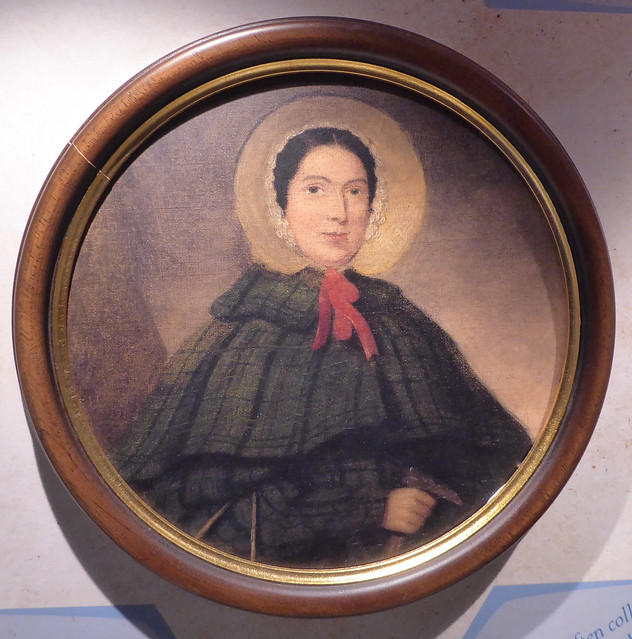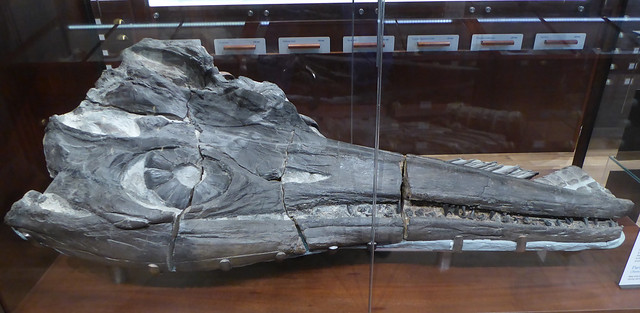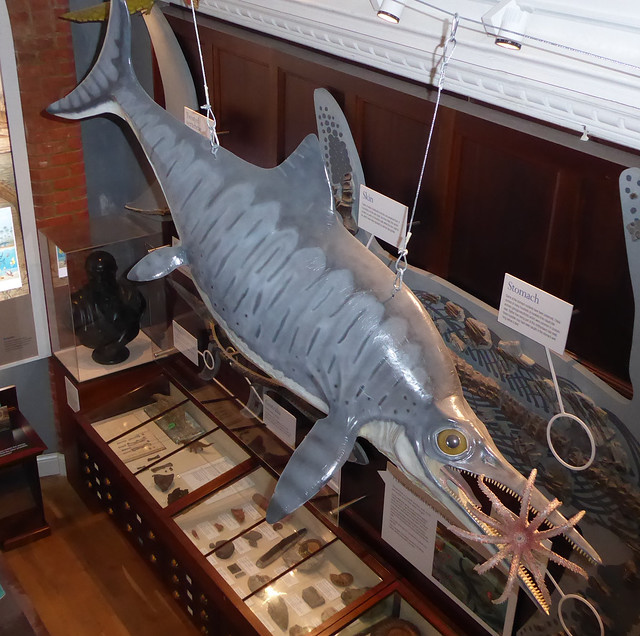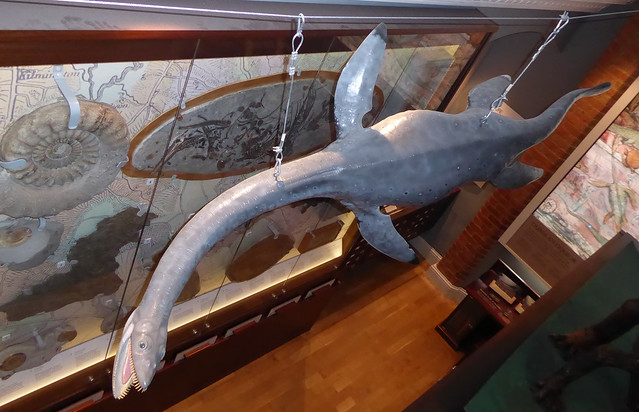A few days before Christmas, we visited the coastal town of Lyme Regis in west Dorset to have lunch with my sister and to exchange gifts. Lyme was uncharacteristically very quiet, there were few people about and even the usually predatory gulls were subdued. We had a pleasant time and I managed to fit in a short walk around the seafront gardens that overlook the beach and promenade.
From their elevated position, the gardens provide good views across Lyme Bay and along the Dorset coastline as it rises and falls in a series of hills and cliffs like a wave sweeping eastwards. The gardens are also a fine place to watch the weather, changeable, blustery and mostly grey that day with storms plus rain moving about, fortunately well out to sea. Occasionally, the sun broke through the cloud spreading silvery light across the water and to the east, sections of the coastline lit up briefly as the light came and went. The sun also illuminated the harbour with its sinuous sea wall known as the Cobb. The Cobb is a local landmark dating from the 14th century and something about it, perhaps its prominent position, perhaps its pleasing shape has caught the imagination of writers. For example, it is the site of an important plot twist in Jane Asten’s novel Persuasion and it is where Meryl Streep stands in the film of John Fowles novel, The French Lieutenant’s Woman

The gardens rise steeply from the promenade across a hillside in a series of terraced borders separated by paths. Even at this low time of the year, the borders looked smart and well-tended. Spread across some were extensive banks of rosemary with its aromatic needle-shaped leaves and a good covering of fresh, grey blue flowers lending the area a blue sheen (see picture at the head of this post). The rosemary was proving popular with small bumblebees and I saw six or more in a short space of time. They moved quickly between flowers stopping only briefly and, on their back legs, they were all carrying large lumps of sticky pollen, some orange yellow, some off-white. With their white and yellow stripes on a black background and their small size these were most likely buff-tailed bumblebee workers (Bombus terrestris). Interestingly, I saw no other insects that day.
Although most bumblebees hibernate in winter, some buff-tailed queens set up winter colonies in the late autumn, mostly in the milder south of the UK. The workers I saw were collecting pollen and nectar for one or more of these winter active nests each with a queen laying eggs. At Lyme Regis, the colonies are encouraged by the mild south facing seaside conditions and the extensive floral resources. The general shift to warmer winters with climate change must also be a factor
As I watched, I remembered that the following day was the day of the winter solstice. This is the day when the Northern Hemisphere reaches its maximum tilt away from the sun and we experience the shortest day of the year with subsequent days becoming gradually longer, if only by a few minutes. The winter solstice was very important for ancient people who were mostly farmers and needed to be aware of the seasonal cycle. The winter solstice signified the gradual return of the light, with the promise of spring and they built temples like Stonehenge to celebrate this. Observing the solstice at places like Stonehenge has become popular nowadays. Those watching speak of using the time to reflect, looking backwards on the past year and forwards to the new.
Watching the winter active bumblebees, I am also looking forwards to the new. How the colonies proceed will depend on the weather over the next few weeks but the lengthening days will allow the workers more time to forage providing the conditions enable them to get out. Hopefully new queens and males will emerge in early spring and the cycle will start again, alongside queens emerging after spending the winter in hibernation.
